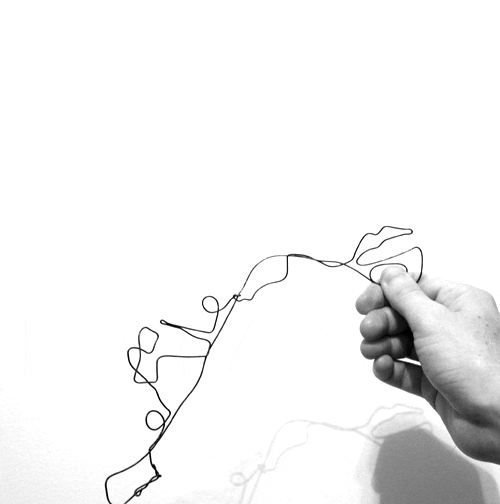First experience
- leenean
- Jan 21, 2021
- 3 min read
01
project overview
about the First Experience:
This Micro ten-week project on my MA course involved developing a design proposal for Satellites experiences. Our concept, First Experience, aims to develop the physical model and digital game approaches the digital experiences for 5-8 years old children. We hope that children can vividly and intuitively understand the space environment and the relevant knowledge of space debris, and stimulate the exploration of future space.
View the key outcome of this project,a collaborative report, for the full project details.

learning outcomes:
This project provided me with many practical lessons. I have experimented with a variety of approaches to develop design solutions to peers and tried to articulate thinking using user perspectives. I especially enjoyed the process of abstract conceptualization and active experimentation. Due to the requirement of COVID-19's social distance, group cooperation has been affected to some extent, which has also brought us new ways of cooperation. We use Miro Online Collaborative Whiteboard to collectively all voices and contributing to group outcomes. I

also expanded my prototyping experience by several approaches(bodystorming, AE, diorama) to create higher-fidelity physical prototypes, instead of the usual cardboard prototypes.
In the case of limited time for this project, the experience of interdisciplinary collaboration in the context of UX design is the biggest learning outcome for me. Interdisciplinary allows me creating something by thinking across boundaries. Working with external members from other disciplines allowed me to view problems from a different perspective.
02
design details

The Whole Experience Process
Physical Model#1 :
Due to the limitation of objective conditions, we use diorama to display the physical part. This part is an upgrade of the last prototype, including clarifying the age group (5-8years old) of the experiencer and rethinking how to design for children Experience space. We use a blower to make space junk move to simulate the real universe, making the experience more interactive. We use storytelling to create display videos to make up for the limitations of being unable to use real space for everyone to experience, and at the same time set up the idea of a space station to
make the physical part and digital part more coherent.
In this experience scene, people need to traverse different levels between the universe until they reach the final space station. In the process, people will be surrounded by floating debris.

Touring route of the physical model
Start the digital game at the destination
Physical Mode DEMO Video:
Digital Game #2:
Children will arrive at the space station after through the physical model. In this space station, children can start playing the digital game. The purpose of the physical part is letting children can experience space intuitive and three-dimensional, and the digital game is to let children enhance their understanding of cleaning up space debris in a simple game. Because the target users are 5-8 years old children.
So in the beginning, we wanted to make the game elements and interface with the hand-drawn style. But through comparison, we found that the hand-drawn style is more like fairy tales. So we decided to adopt the design style of vector graphics. We created three types of space junk with different shapes. Rule of this digital game: When the cleaning robot touches the space junk, it means that the cleaning is successful, points will increase the score based on the type of space junk. Different satellites will randomly appear in the game. When the cleaning robot touches the satellite, the satellite will explode immediately and the game ends.
Game Elements and Interface:

Game download link:
https://drive.google.com/file/d/1K-8D6jIDho9_5-ssZrexl9RENNJG-HZU/view?usp=sharing
View the key outcome of this project,a collaborative report, for the full project details.





Comments